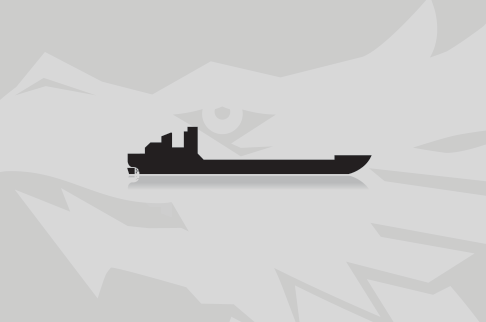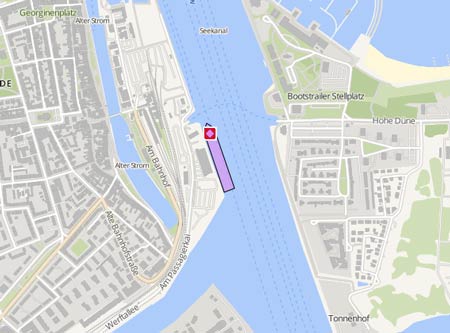ELLIOT CHERAMIE
Kurs/Position
vor 3 Min
Die letzten Häfen
Die letzten Wegpunkte
Die neuesten Nachrichten
Report: Fatigue behind allision in Gulf of Mexico
The 'Elliot Chermie' with four crew and five offshore workers aboard struck the unmanned oil and gas production platform 'EI-259A Eugene Island Block 259 A' on June 25, 2021, 124 kilometers southwest of Port Fourchon, Louisiana, because of crew fatigue and a lack of bridge alarms, a report found out. The accident resulted in minor injuries and US$362,814 of damage to the vessel, platform and pipeline. From the subsequent investigation, the US National Transportation Safety Board (NTSB) discovered the owner of the vessel had not adhered to its 12-hour work limit, resulting in a vital watchkeeper falling asleep in the wheelhouse. At the time of the accident, the mate and deckhand were assigned the overnight watch, of midnight to noon, on the bridge. The mate was steering the vessel in autopilot mode following the GPS track, but when asked by investigators, said he was “more tired than usual” and felt groggy. He stated he must have fallen asleep and when he woke up the platform was “dead ahead.” The mate still attempted to avoid EI-259A, but the vessel struck the platform. The NTSB determined the “probable cause of the contact was the company not adhering to their 12-hour work limit policy, which led to the fatigued mate falling asleep while on watch.” During the investigation, the NTSB found in the four days leading up to the contact, the 'Elliot Cheramie's mate consistently worked for periods longer than the 12 hours recommended by the company’s fatigue management document. The day before the accident, the mate reported working for 17 hours with a portion of the work requiring high levels of physical exertion, said NTSB in its report. Although the deckhand set an alarm to wake himself for the watch, he slept through it and was not present in the wheelhouse at the time of platform collision. “The deckhand’s duties would have included assisting the mate on the bridge navigation watch; however, other duties would have taken him away from the wheelhouse for extended periods of time,” said the NTSB. Based on the work and rest histories of the mate, the requirement in the company’s vessel operating procedures that licensed personnel “may not work for more than 12 hours in a consecutive 24-hour period” was not followed. “In this casualty, and as the NTSB has previously noted in numerous commercial vessel casualties, crew fatigue was a significant causal and contributing factor. Company operational policies and requirements should incorporate and follow fatigue management best practices to ensure crewmembers receive enough rest to adequately perform navigational, lookout, engineering and other watch stander duties. Additionally, companies should ensure vessels are crewed with the appropriate number of trained personnel to safely perform operations without compromising work/rest schedules of off-duty watchstanders. “Companies and vessel captains should also actively monitor the watch schedules and any off-watch work performed by their crews to ensure fatigue mitigation policies are adhered to, adjusting watch schedules accordingly for crew members at risk of fatigue.” If the 'Elliot Cheramie' was fitted with a working bridge navigational watch alarm system, this would alert the watchkeeper and the master if fatigue meant the watchkeeper was not alert to navigation changes, issues or hazards during vessel transits.
Medevac off Southwest Pass
The US Coast Guard medevaced a 25-year-old man from the "Elliot Cheramie" 40 miles south of Southwest Pass, Louisiana, on Sep 7, 2017. The Coast Guard Sector New Orleans watchstanders received a report at 12:20 p.m. about a crewmember aboard the vessel who had sustained a head injury.Watchstanders directed the launch of a Coast Guard Air Station New Orleans MH-65 Dolphin helicopter aircrew at 12:51 p.m. The aircrew arrived on scene, hoisted the survivor and transported him to University Medical Center in New Orleans. The survivor was reported in stable condition.
News schreiben


